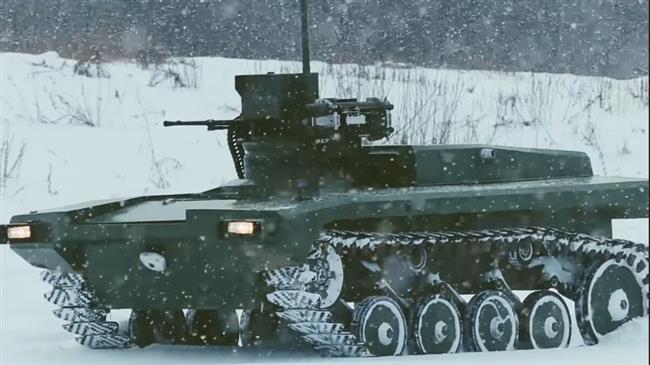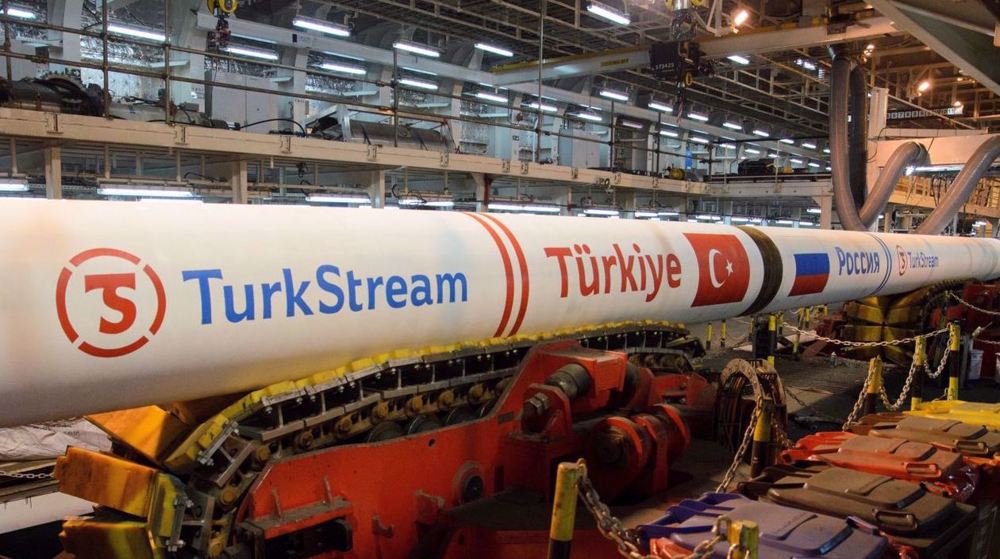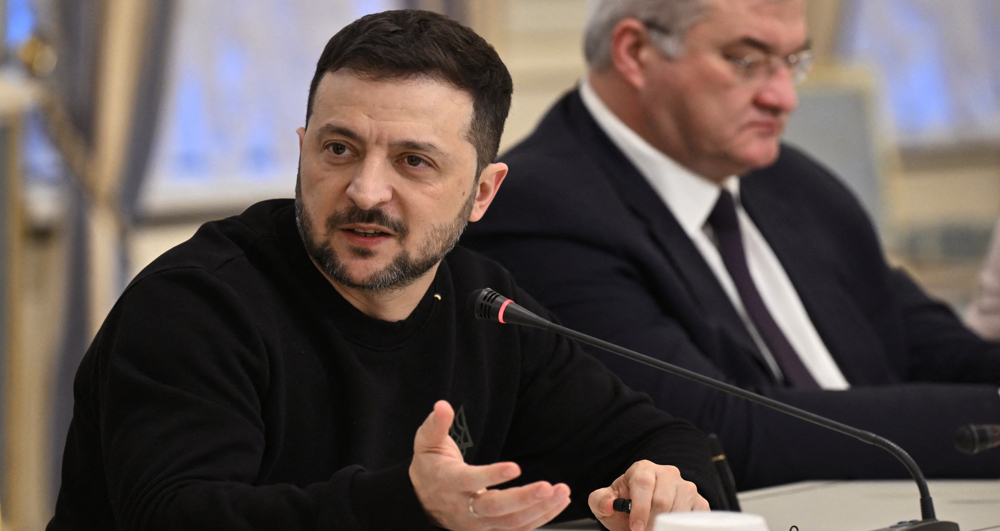Russia to replace human soldiers with robots in combat: Report
Russia is reportedly aiming to replace human soldiers with what it deems as faster and more accurate robots on the battlefield, with plans to begin testing a newly developed unmanned armor fighting machine.
Citing recent statements by deputy director of Russia’s Advanced Research Foundation Vitaly Davydov, the US-based Forbes magazine reported that robotics will be the future of warfare due to their increased speed and accuracy in target selection.
“Living fighters will gradually begin to be replaced by their robotic ‘brothers’ who can act faster, more accurately and more selectively than people,” Davydov was quoted as saying.
According to Forbes, “developing robots for war is an international phenomenon.”
Russia, it said, will start testing their newly developed robot, the Marker UGV, towards the end of this year, although some of their military robots have underperformed during earlier combat tests.
However, the Russian Ministry of Defense has pinned its hopes on the Marker UGV, which resembles a miniature battle tank that would not need a crew.
The Pentagon is also developing robot military capabilities and has come up with a method similar to Russia's, the report said.
“There is a still-classified Russia's military robotics roadmap that sketches out various stages of Russian unnamed military developments, which undoubtedly has been influenced by Russian military actions and experience in Syria,” said Samuel Bendett, an adviser at the US-based Center for Naval Analyses (CAN).
“The Ministry of Defense is discussing the eventual use of robotic swarms in combat— and Marker is definitely the platform to test that out,” Bendett added. “As envisioned, it will be able to launch swarms of UAVs or loitering munitions, making it a truly versatile robotic platform.”
The development parallels many robotic programs under way in the US.
“It is remarkable, too, that both nations have hit upon swarms of ground robots as a way to supplement existing human formations in combat,” Forbes said.
It also pointed to “ethical considerations in handing over the decision to kill to an autonomous machine, ensuring that they adhere to the international law,” emphasizing that such technology is not quite there yet.
Hot water and sewage: Palestinians share harrowing tales of torture in Israeli prisons
VIDEO | Thousands evacuated in Ethiopia amid earthquakes, volcanic eruption fears
Revealed: Israeli ministers eye restoration of illegal settlements in Gaza through genocide
How Los Angeles’ pistachio tycoons facilitated and profited from wildfires
Iraqi PM: Iran was in Syria to fight terrorism; presence requested by Damascus
Hamas: Israel's massacre in Jenin camp won’t break resistance
60 bodies recovered from abandoned South African gold mine: Police
Biden administration ‘quietly’ circumnavigating own ban on TikTok: Report











 This makes it easy to access the Press TV website
This makes it easy to access the Press TV website